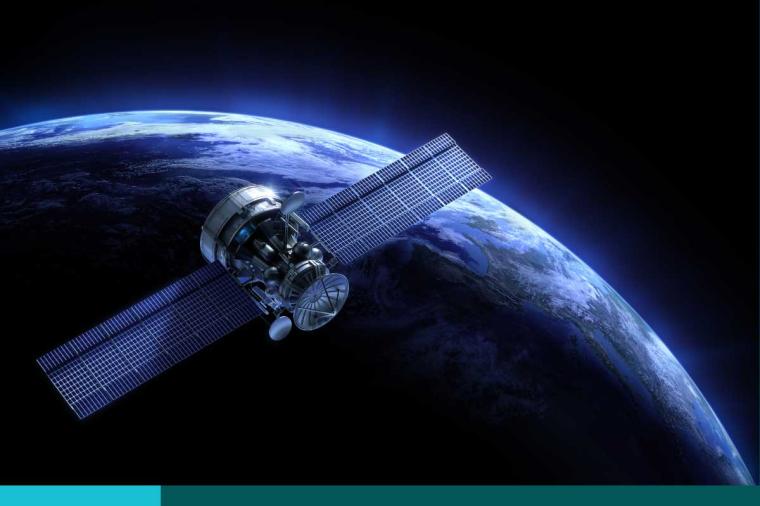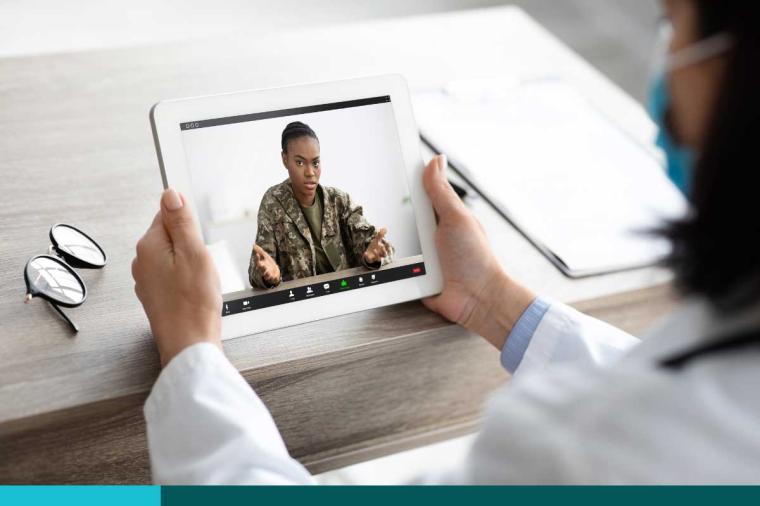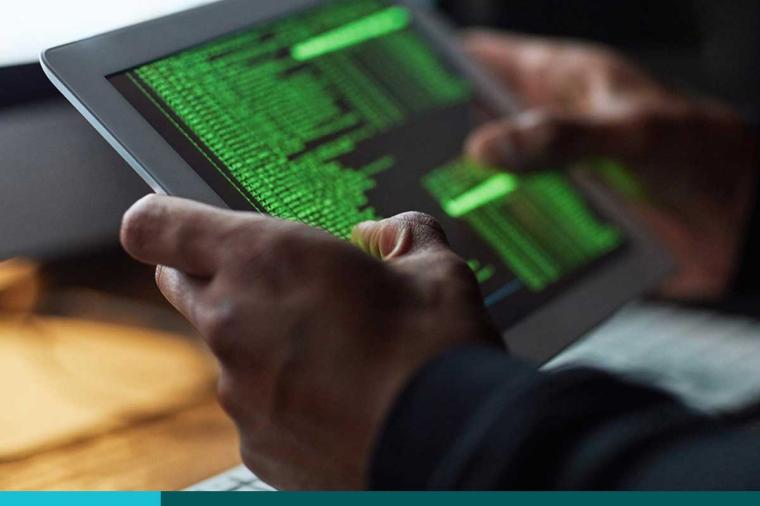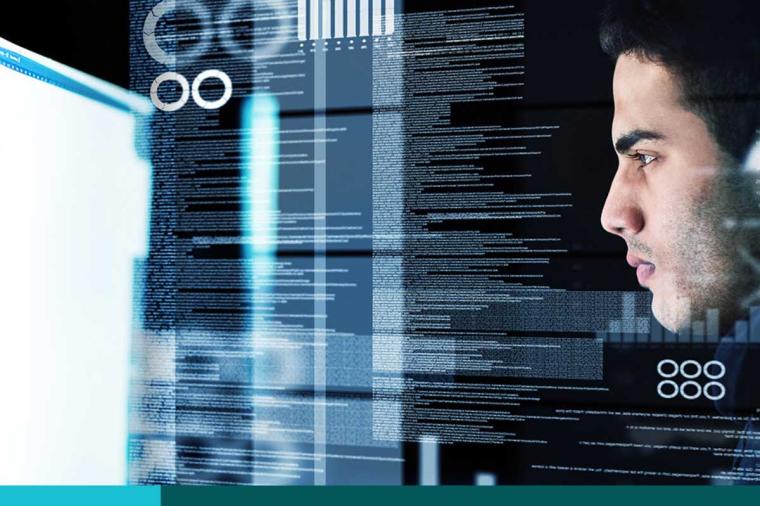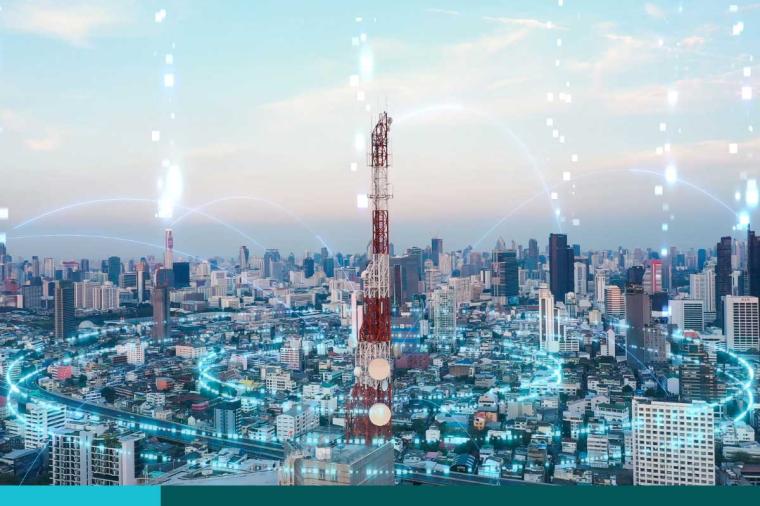An Internet of Things Demo Jam: The Brains Behind the Demo
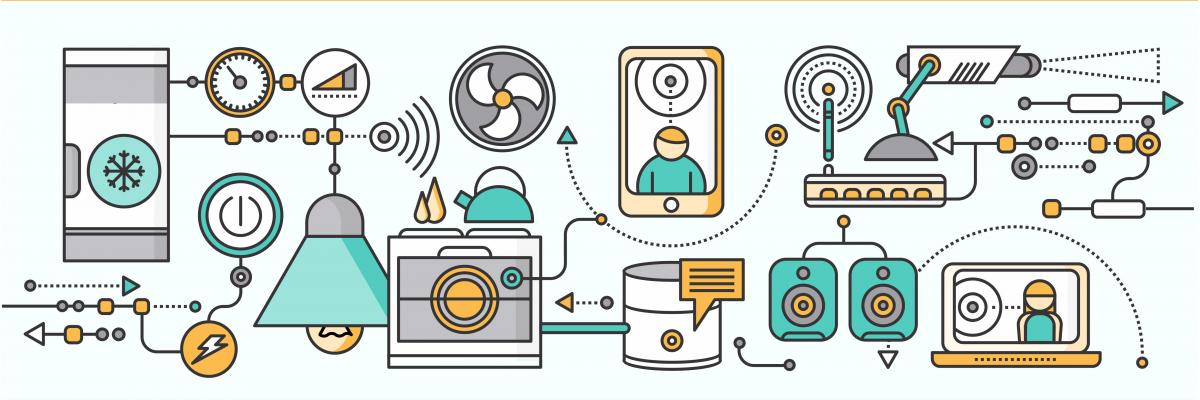
IoT Demo: Here
Blog Part 1: Setting the Stage
Blog Part 2: Architecting the Scene
DLT recently partnered with GovLoop to offer a free 10 minute interactive lesson on How to Implement the Internet of Things. GovLoop is a knowledge and social network for federal, state and local government innovators, and its Academy transforms learning for government with highly relevant, free and engaging learning experiences on various topics. Our course defines and explores the Internet of Things architectures in relation to the public sector and was inspired by our IoT demo. Today, I would like to expand on my previous two blog posts, and on this GovLoop course, to discuss how we used specific Red Hat products to provide the decision making elements in our IoT demo.
As our course states, the goal of IoT is to process and regulate raw data, organizing and synthesizing it into meaningful information, which can then be acted upon without significant human intervention. To achieve that goal efficiently, intelligent decisions need to be made on the incoming data at various points throughout the process. When millions of sensors send several pieces of data per second, automated decision makers are needed to sift through the noise and find true signals. But as the data is relatively uniform, repeating the same type of information in the same format, it doesn’t take a massive artificial intelligence system to handle the data streams. Often, it only takes very simple business rules to reveal your actionable events.
In our IoT demo, we first apply business rules with a microservice, running on a Raspberry Pi 3B smart gateway, using Red Hat’s JBoss Business Rules Management Server (BRMS). This product has recently been upgraded and is now known as Red Hat’s Decision Manager. The Decision Manager applies a simple rule to filter out any temperature data that is the same as the last temperature reading. So if it has been 36ºF for the past hour and it now changes to 37ºF, the smart gateway will have received 3,600 messages (1/sec/hr) and only send one temperature change message to the data center. That simple and very typical scenario results in a 99.97% network traffic reduction. You’re welcome data center! Red Hat’s Decision Manger brings together a powerful, scalable rules engine with extensions for complex event processing (CEP), a business resource optimization engine, easy-to-use authoring tools, and a standards-based repository for rule definitions. And it can be easily deployed as a microservice container in OpenShift.
We also used a Decision Manger microservice running on the data center to determine if a temperature change is meaningful. A simple temperature change of one degree doesn’t necessarily mean your need to alert the troops, but it might, if it has changed ten degrees in the last minute, or if the temperature has gone above or below a certain threshold. In our IoT demo, we used Decision Manager to enact temperature thresholds and Red Hat’s JBoss Business Process Management (BPM) Suite to alert the troops. BPM Suite is a complete set of tools for process and decision management, covering the full lifecycle; from process modeling, simulation and testing to deployment, monitoring and optimization. With BPM Suite’s web-based, graphical tool, it was very easy to define a simple workflow to alert operations with a message on Slack, and create a basic work item for tracking and processing the event.

If you have questions about any of these products or about the IoT demo architecture, please reach out to me directly at redhat-solutions@www.dlt.com.




















